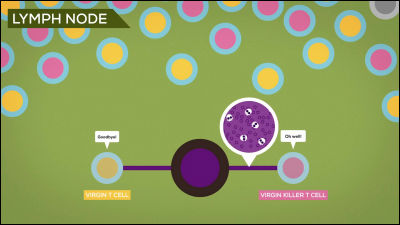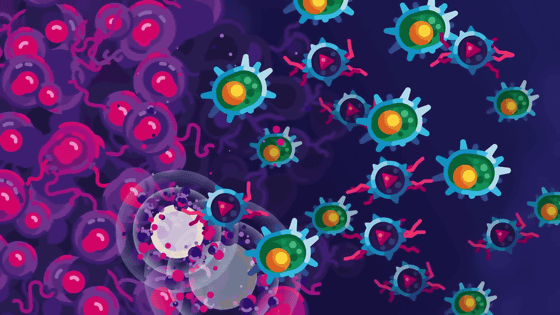A video that uses animation to explain in detail and scientific terms how the body works up to pregnancy.

Pregnancy is Insane - YouTube
A baby is like a tumor growing an entirely new organ inside another human being.
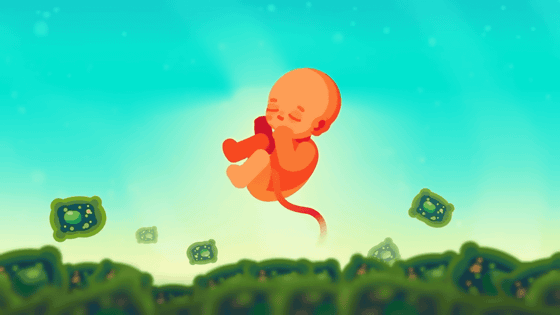
The mother's body tolerates it, but the new life takes a toll on her and pushes her immune system to its limits for months. This video provides a scientific explanation of how pregnancy works.
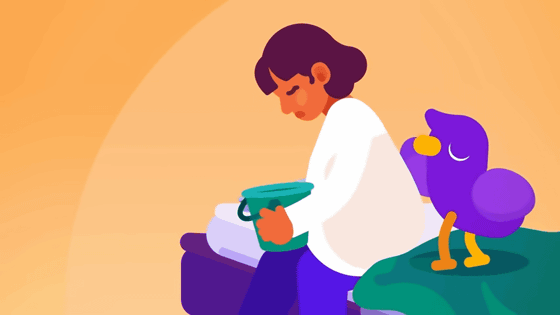
Pregnancy and birth begin with an army of tens of millions of sperm facing death.
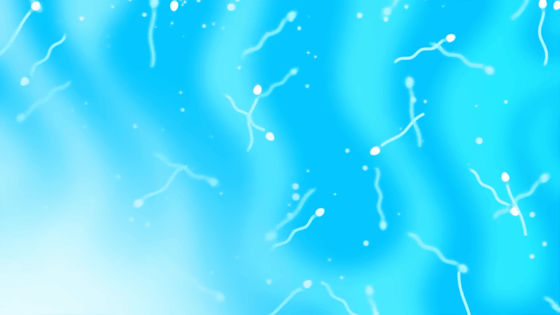
Sperm have a very limited time before they run out of energy and die.
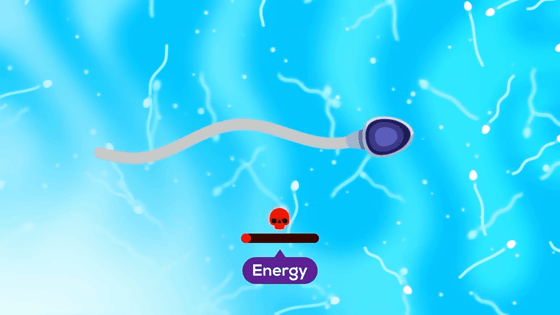
Like any bodily orifice, the female reproductive tract is like a fortress against outside intruders.
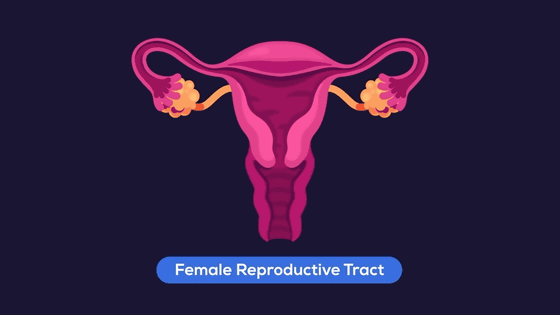
The uterus filters out sperm by erecting a lethal barrier that kills most of them, ideally leaving behind the strongest and healthiest sperm.
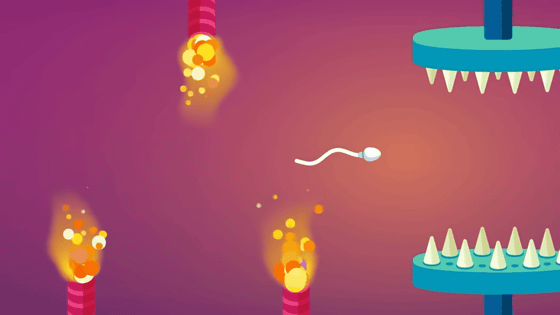
The first obstacle for sperm is the highly acidic environment protected by hundreds of thousands of cells. This acidic environment will kill millions of sperm, especially the weakest ones, within the first 30 minutes. However, sperm have some protection due to their alkaline nature.
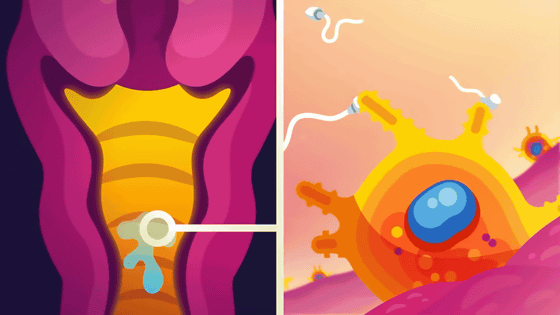
The next obstacle is a dangerous maze filled with protein nets that trap millions of sperm, immobilizing them and ultimately killing them.
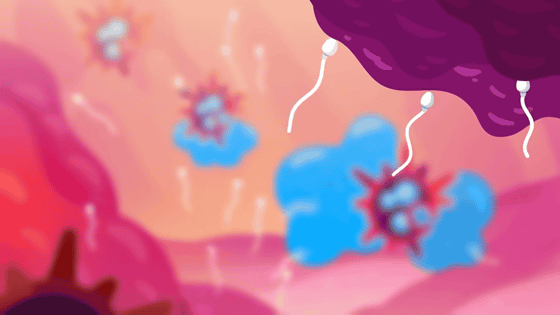
When a woman is in the ovulatory phase of her menstrual cycle, her body releases chemicals that guide sperm and make them less aggressive towards them.
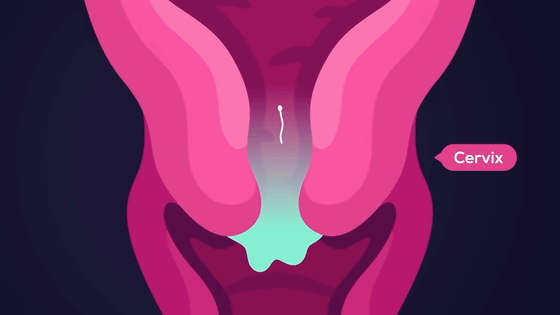
Thus, only a few hundred sperm, representing less than 0.0001% of the sperm, pass through the uterine cavity.
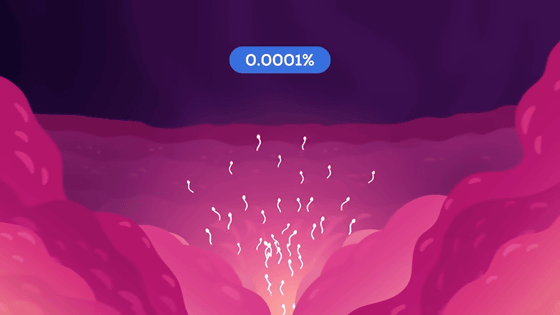
From there the path splits into two.
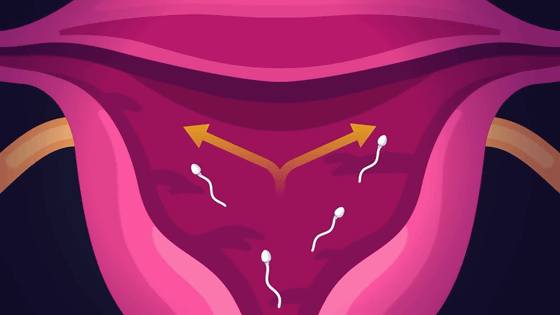
At this time, the mother's immune cells apparently trap any sperm that are going in the wrong direction.
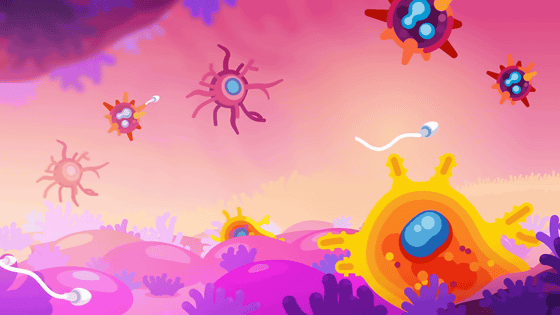
Only a few dozen sperm make it through these barriers to reach the mother's egg, which is 10,000 times larger and contains about 100,000 mitochondria (50 times more than the average cell), which are the nutrients and powerhouses of the cell.
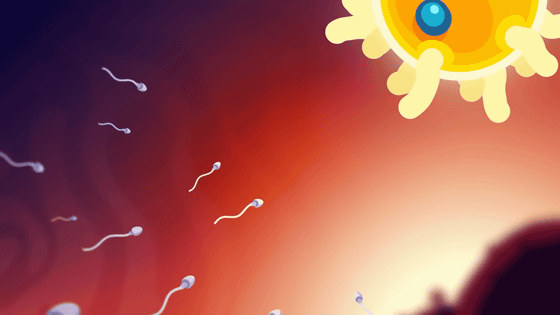
Fertilization between a sperm and an egg is not a simple process, but eventually the egg will accept one of the sperm.
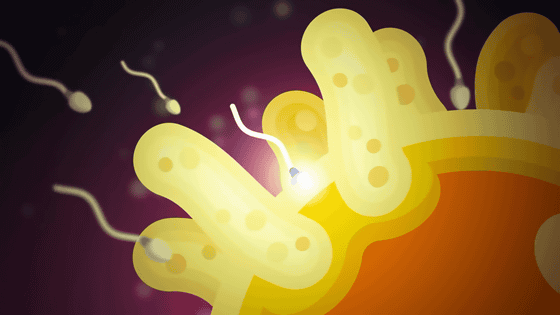
This merges the genes of the father and mother, and the egg is no longer part of the mother but becomes something else: a new being with its own purpose, but not yet human.
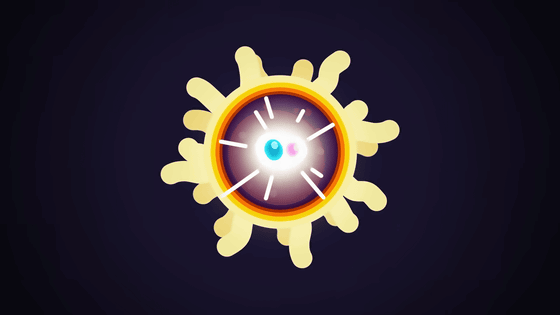
Within a few days of a sperm fertilizing an egg, the egg divides rapidly and grows into hundreds of cells.
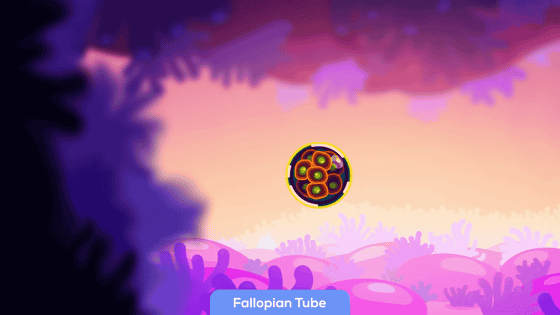
They then travel to the uterus, part of the female reproductive system, and attempt to make a new home there.
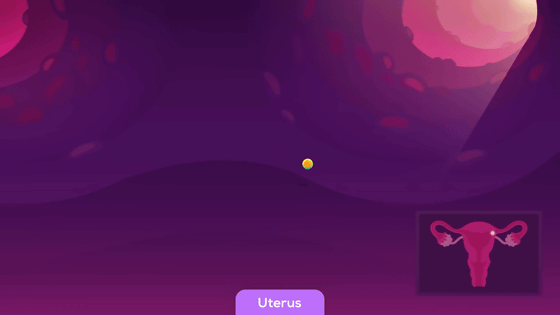
The fertilized egg undergoes cell division to become a blastocyst, which then begins to divide into two separate entities: the inner cell mass (yellow) that will eventually become a baby, and the trophectoderm (green), which will develop into a temporary organ in the mother's womb: the placenta.
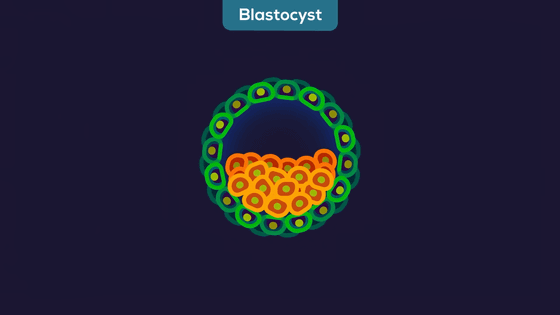
The placenta allows pregnancy to occur, but it eventually dies, so 'when you were a fetus, you had a guardian angel, a clone, closer to you than a twin,' Kurzgesagt said.
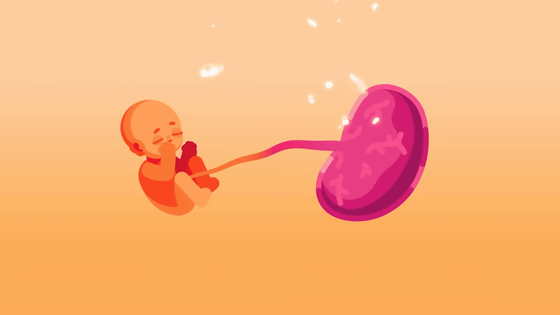
The next few days are the most dangerous for this new life, as the embryo flows through the uterus like a tennis ball in syrup.
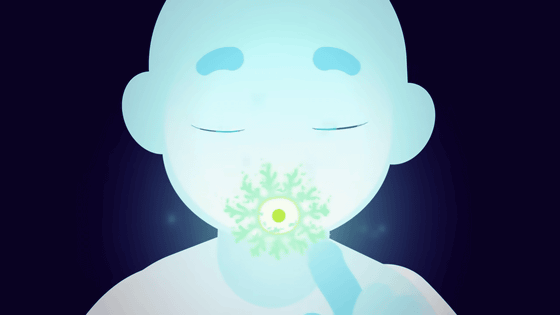
An intense dialogue of reactions begins between the fetus and the mother, with the embryo releasing dozens of chemicals to announce its presence and, through these chemicals, begging the cells of the uterine wall to let it attach to the uterus in order to survive.
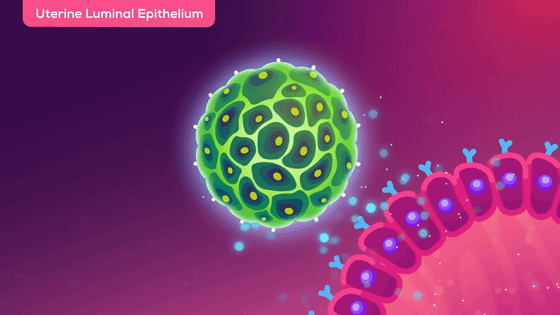
The uterus responds with dozens of hormones and immune signals. If the cells are happy with the chemical reaction, they tolerate it. If they're not, the embryo is rejected, can't implant, and dies.
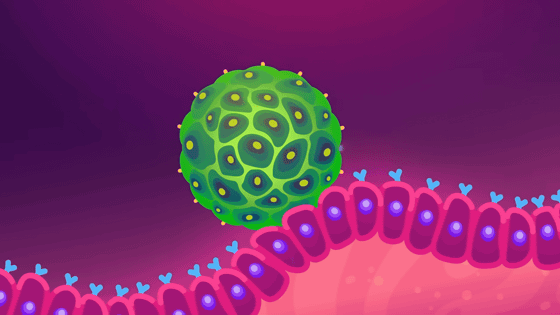
Because pregnancy requires so much energy, if the mother's body determines that the fetus is not viable, it will expel the embryo. Meanwhile, the fetus, faced with a life-or-death situation, will try to survive at all costs. It doesn't engage in polite interaction, but may deploy thousands of invasion units to find a way to survive.
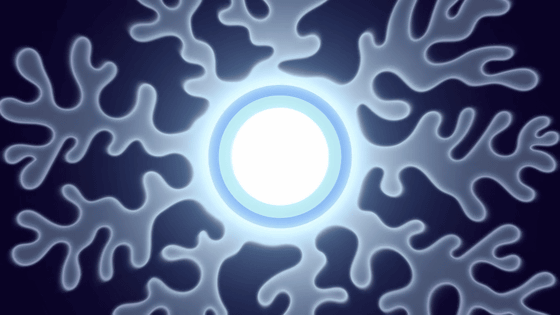
These invasion units are like bubbles filled with genetic material, like a human virus, that brainwash the uterine cells into accepting the embryo rather than rejecting it.
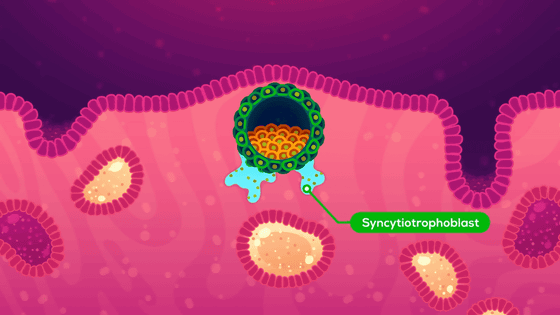
This is when one of the strangest features of pregnancy occurs:
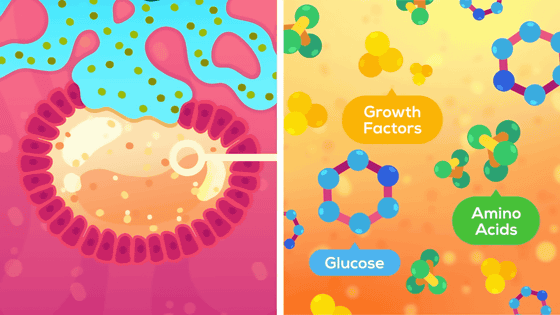
The embryo eagerly sucks up uterine milk to provide additional energy for its journey into the body, as the first major hurdle is the successful attachment of the embryo to the uterus (implantation).
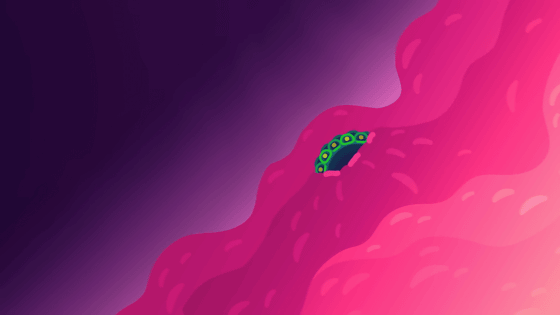
The next step is to reach the mother's blood vessels, which is the only way to survive if they don't want to starve.
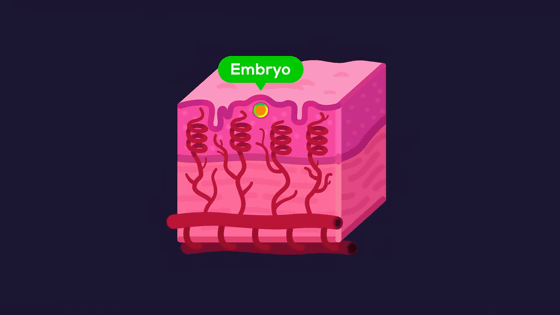
The trophectoderm begins to replicate itself massively, transforming into a variety of specialists. One of these transforms into a ferocious invader, burrowing into the uterine tissue like a tiny, multi-armed parasitic octopus, spreading and growing. This is a brutal process, ordering the mother's uterine cells to self-destruct, directly killing other cells, and even consuming some cells entirely. However, this process is tightly regulated, so it doesn't harm the mother.
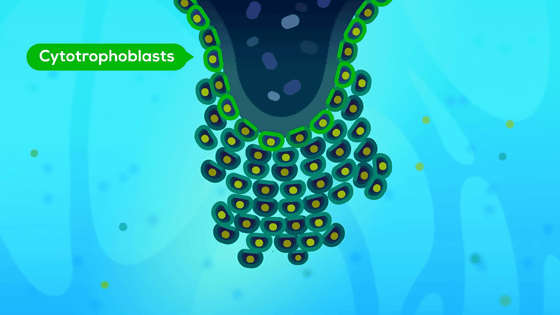
The mother's body carefully monitors the fetus to see if it is growing rapidly or remaining stable. If the embryo has genetic damage or chromosomal abnormalities, it will expend a lot of energy repairing itself, which can lead to irregular growth.
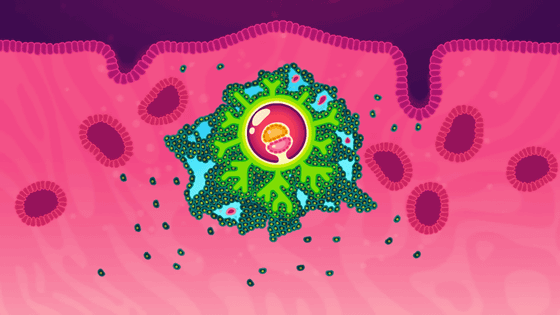
This increases the metabolism and releases a large amount of chemicals that are received by immune cells from the mother, which increases the chances of destroying the fertilized egg and, if the fetus is weak, actually killing it.
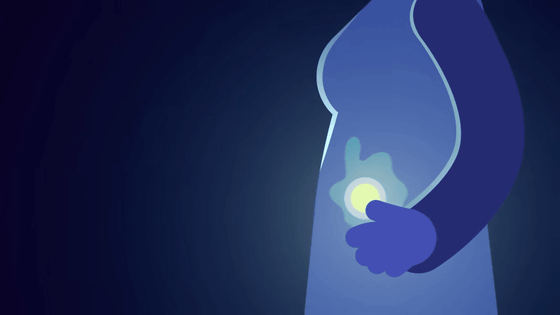
As we've seen, the mother's body releases a ton of chemicals to help the embryo, support its growth, and stimulate the immune system. Normally, this is bad for any non-motherly cells that enter the body, because the immune system kills anything that isn't part of the mother's body.
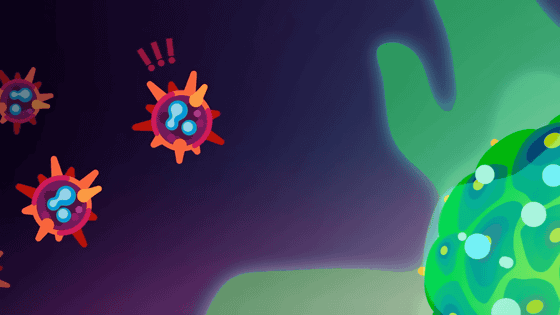
Although the fetus is obviously not part of the mother, immune cells in the uterus surround the embryo, creating a physical and chemical safety zone to keep dangerous immune cells such as T cells away.
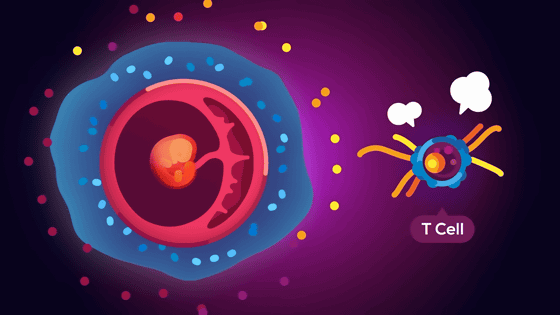
The fetus can't rely entirely on the mother's goodwill either: the defensive trophectoderm sends signals to kill any maternal immune cells that approach and might attack the fetus.
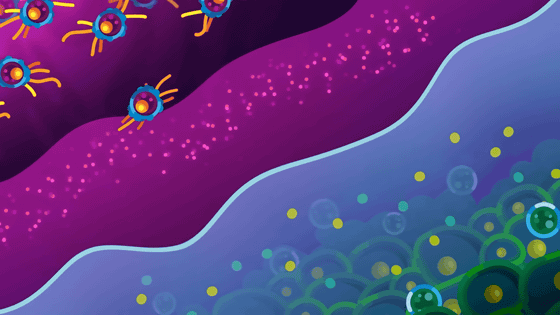
Additionally, the embryo releases hundreds of cells that spread throughout the mother's body, including her organs and even her brain.
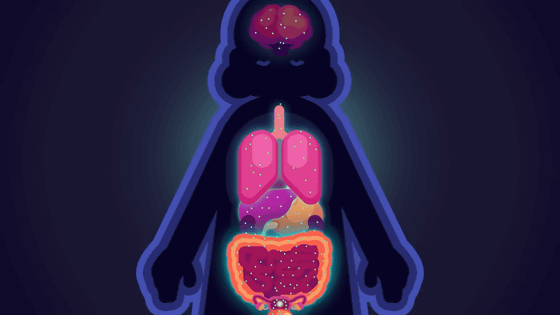
It's unclear what these cells do, but it's thought they may signal to the mother's immune system that the fetus shouldn't be attacked. These cells can remain in the mother's body for years, even decades.
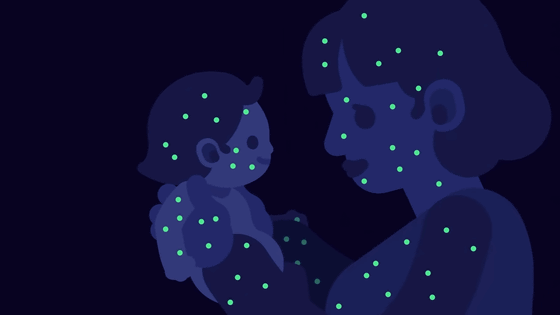
About eight weeks after the egg is fertilized, the transition from embryo to fetus begins. At first, the fetus is about the size of an olive, but its organs begin to form and it transforms from a 'blob of cells' into something 'more human-like.'
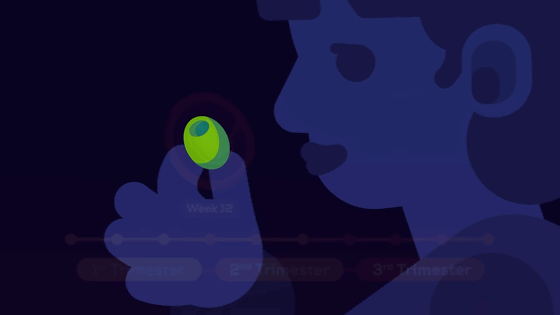
Kurzgesagt explained that there is no clear timing for when a clump of cells becomes a person, but rather it is a fluid transition.
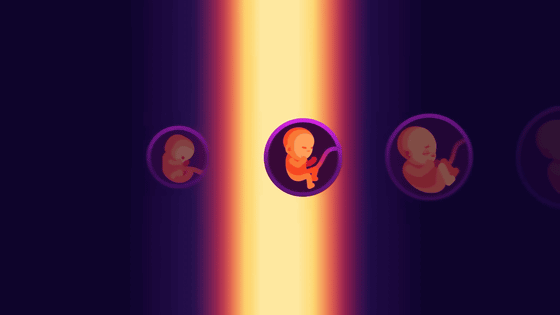
The trophectoderm is a spongy, finger-like structure that extends deep into the uterus and busily works to build the placenta.
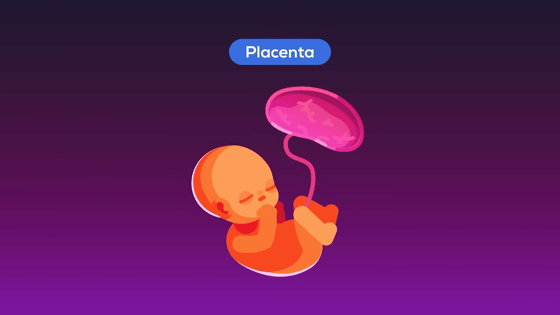
The placenta grows inside the mother's body and is expelled after the baby is born. Before that, the placenta acts as a new home or fortress for the baby. It also serves to protect the baby from microorganisms that could kill it.
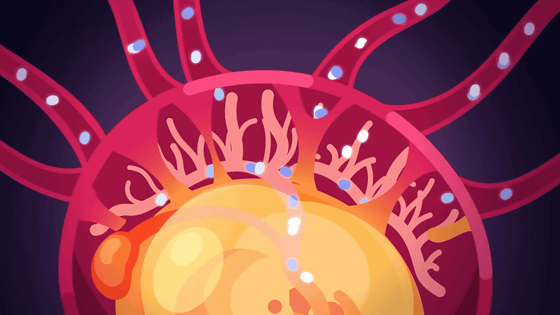
The placenta even has its own tiny immune system. Other placental cells line the mother's blood vessels, extending them to connect the fetus through
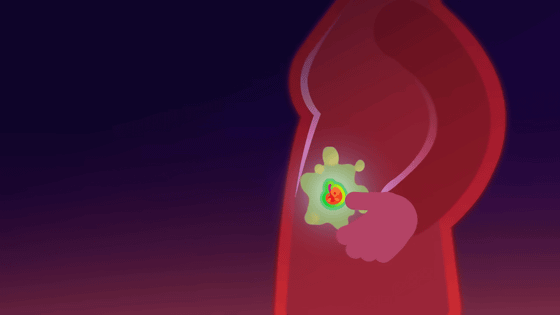
The mother's body strives to support the new life, but not at the expense of her own survival. The mother's genes in the fetus have a stronger loyalty to the mother than to the fetus. The father's genes, on the other hand, do not. They want the fetus to survive at all costs. So, Kurzgesagt explained, both sides of the fetus' genes are seeking the appropriate response.
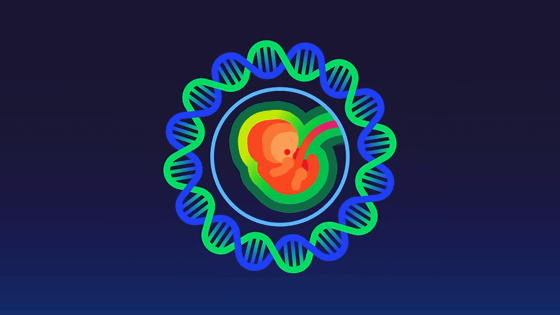
Because babies are born through these processes, Kurzgesagt describes it as 'a surprisingly harsh selection process for living humans.'
Related Posts:


